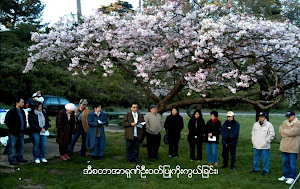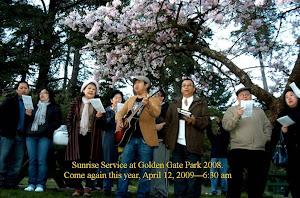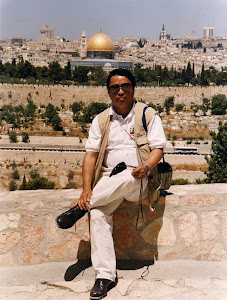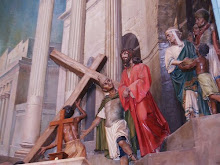Shortly after the first edition of the Miami Herald had gone to press on Sunday night, December 29, 1946, Timothy Sullivan answered the telephone on the city desk. “Please help me,” a woman’s voice pleaded. “My husband is bleeding to death.”
Sullivan got the entire story. The man’s name was Rudy Kovarik, from Dearborn, Michigan. They were on a vacation but he was sick and in the Biscayne Hospital. The AB RH-negative blood he needed was not available at the hospital or other sources. Without a transfusion, the doctors thought he might not live until morning.
What could the city editor do? A man was dying. A woman’s heart was breaking. Then he got an idea—WCBS, fourteen blocks away, where it was almost time for Walter Winchell to go on the air in a nationwide broadcast. The operator at the radio station refused to let him talk to Winchell, but, after some insistence and pleading, she put an assistant of Winchell on the phone. He took a memo of the situation and Sullivan sat back to wait.
Soon the telephones began to go mad. The Herald office, the police station, the hospital were all swamped with calls from all over the nation. People as far away as New York City began to board planes for Miami, the corridors of the Biscayne Hospital were crowded and traffic jammed the nearby streets as would-be donors tried to get to the hospital.
The actual donor was a tourist from New York who heard the broadcast on his car radio, checked his Army dog tags for blood type, and drove two blocks to the hospital. In a few minutes his life-giving blood was flowing into the veins of the stricken man. A few weeks later a healthy-looking man walked up to the Herald’s city desk to thank Timothy Sullivan.


























































